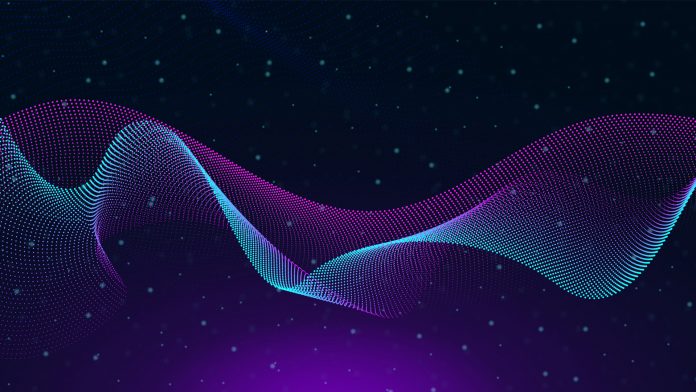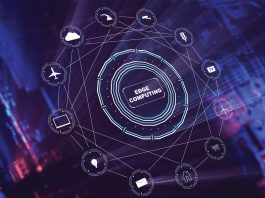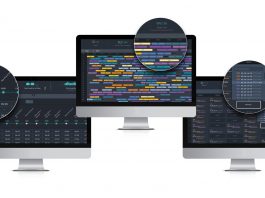Ketan Bhardwaj, a principle investigator of the Couper project, developer of AppSlicer, and research scientist in the School of Computer Science at the Georgia Institute of Technology, speaks to Innovation News Network’s digital editor, Caitlin Magee, about the dynamics of edge computing.
Bhardwaj’s Couper project offers a practical solution to creating slices of deep neural networks (DNN) for visual analytics and enabling their deployment in contemporary container-based edge software stacks. Couper presents a functional framework that can be used to explore and evaluate different model slicing methods for edge computing.
Bhardwaj defines edge computing as “an enabling processing of data near end users. Near is a subjective term but the recent form of edge computing that has generated a lot of excitement, it refers to compute capacity which is placed one wireless hop a way from end user devices like those in cellular towers, telecom central or enterprise offices.”
According to Bhardwaj, the fundamental differences between edge technology and cloud computing are threefold, “(i) the physical network distance data has to travel to get processed, (ii) amount of available resources to process the data and (iii) visibility of data.” For Cloud computing the data from end user devices must reach a cloud data centre where it is processed, and the outcome is delivered to end users. Cloud data centres often have unlimited resources and full visibility whereas edge computing frequently has limited resources and partial visibility, however it is much closer to end user devices.
Advantages and limitations
Processing at edge obviates the need for data to go to cloud data centres thereby providing bandwidth savings in the backhaul of internet networks. Bhardwaj said: “If appropriate resources are available and there is no data visibility dependency, the results of edge computing is faster data acquisition for end users than that achieved in cloud computing – thus, reducing latency and making it possible to achieve sub-10ms latency.”
The fundamental limitations of edge computing are limited resources and full visibility which stems from the basic characteristics of the edge computing infrastructure. Bhardwaj added: “Depending on where the edge computing infrastructure is situated, edge might not have full visibility e.g, a cell tower edge can only service end users connected to that cell tower and can only house half a rack of servers due to power and fire safety requirements. Whether these limitations cause an impact depends on the use case.”









